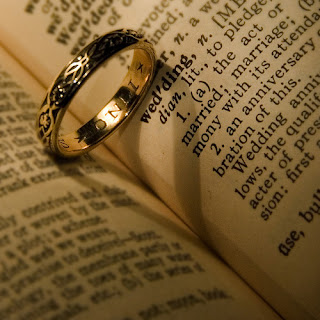Let It Shine
(This article was first published in the Sinai Chronicle, publication of Sinai Reform Synagogue, Leeds)
Jewish holidays are strange, really – topsy turvy if you will. During the bright heat of summer, usually a happy and relaxing time, we mourn the destruction of the Temple and the many ills that have befallen the Jewish people during Tisha b’Av. During the autumn when the wheel of the year spins towards sleepy endings, Rosh haShanah celebrates new beginnings. During Sukkot, we subject our vulnerable selves to the fickle elements of autumn. During the verdant abundance of spring with plenty of fresh foods to enjoy, we honour Pesach with dietary restrictions and contemplations on the meaning of freedom. And now, after a welcome repose offered by the quiet month of Cheshvan, we will find that Chanukkah is not all that different.
In the darkest months, Chanukkah is all about light. On a practical and psychological level, this makes sense. Like other winter festivals such as Christmas and Divali, Chanukkah seeks to uplift sombre spirits by chasing away the gloom. On a spiritual level, however, Chanukkah feels more counterintuitive. During the short days of November and December, many of us feel a natural inclination to ‘cocoon’: to stay inside and retreat from the world. We may feel low on energy and why on earth would we want to go out and share our light?
Yet, this is exactly what Chanukkah wants us to do.
Chanukkah is both the consequence of and contrast to the High Holidays. The High Holidays represent an internal process; both on a personal and collective level. Rosh haShanah and Yom Kippur challenge us to look inward and fix what needs fixing. The liturgy of the season affirms our specific covenant with the Eternal and seeks to improve the relationship between the individual Jew and his or her God.
Chanukkah, on the other hand, follows suit on a more external mission. We have received an opportunity to recharge our spiritual batteries over the past holiday season in order to let our light shine in the darker days. Perhaps the High Holidays were the moment to press our own miraculous vats of oil, carefully stashed away to be found when the right moment arrives.
This notion of ‘shining your light’ is known in our rabbinic texts as ‘pirsumei nisa’ – Aramaic for ‘the advertising of the Miracle’. The miracle, of course, being the rededication of the Temple after wresting it out of Antiochus Epiphanes’ Hellenistic hands, and finding one last vat of oil with which the temple Menorah burnt bright for eight whole days.
Chanukkah could have been an inward-looking festival. We could merely have lit candles inside, huddled around our dreidles and gelt and nibbled on hot latkes and sufganiyot in the company of family and friends. Of course, Chanukkah is all those things. But it is also more. Jewish tradition actually mandates that we place our Chanukkiyot in full view off all the world to see: in a door-opening, or – more conveniently – in the windowsill, looking out. After blessings and Maoz Tzur, we light our Chanukkiyot, where the light gathers force each subsequent evening as per the directive of Rabbi Hillel (Bavli Shabbat 21a).
Just as the Menorah in the Temple represented our eternal flame amidst a darkened world, so too do our Chanukkiyot defy the coldness and dark to send out its light. Chanukkah is not just a winter festival but a proud affirmation as well as a mission: of our Jewish identity, culture and faith in the context of the larger world. Having stocked up on spiritual fuel in the preceding months, we are now commanded to spark our wicks and share our light. With this light, we reflect our deepest values that are woven into this season. The belief that every human is created in the Divine Light, the value that every human being should be able to practice their way of life in freedom and the hope for a world of brotherhood where flames of conflict will make way for lights of peace.
Now that’s a miracle worth advertising. Commit to your values, be proud of who you are and let your light shine.


Comments
Post a Comment